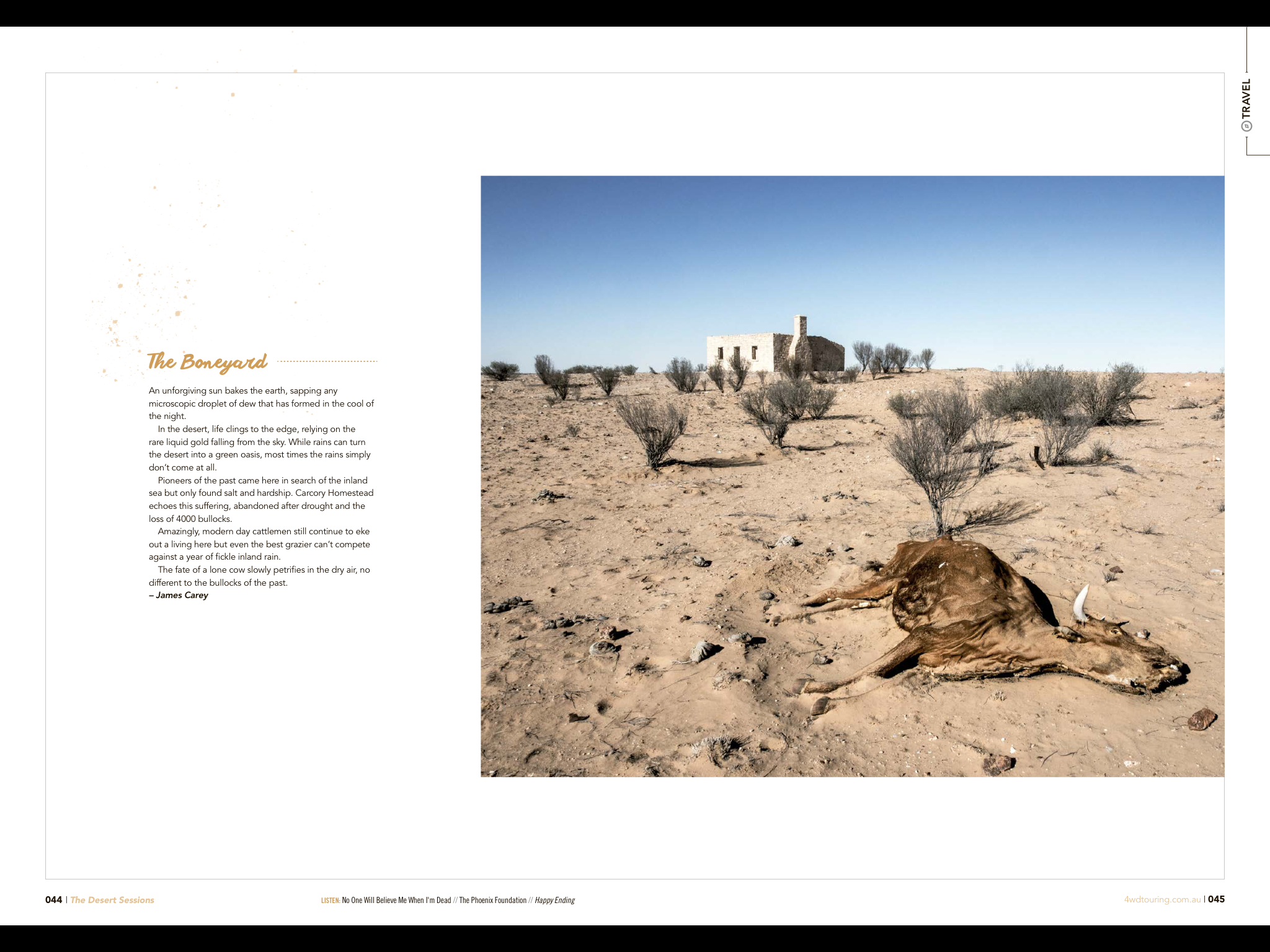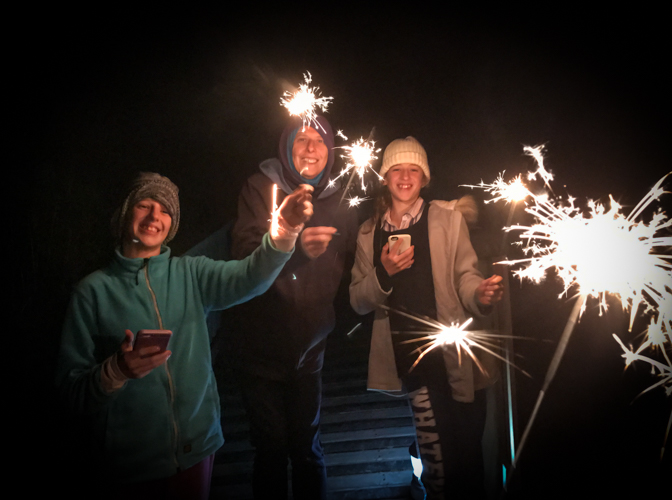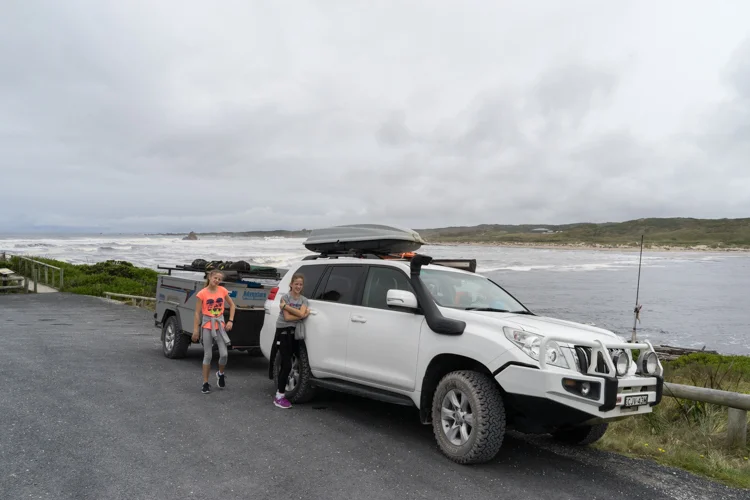While this site is largely dedicated to travelling throughout this great land called Oz i was fortunate enough to escape for a short trip to the US of A. So what better excuse to do a quick road trip through California, Arizona and Utah.
Not a bad way to see..
The might US of A.
If you are going to do a road trip in the US it has to be in one of these.
While the aim was to spend some time in the National Parks, i could no miss the opportunity of travelling along part of Route 66. While Australia has some great stretches of road i can see why this has entered in to US folklore.





The first experience of Zion National Park was entering via the scenic byway. Completed in 1930, this is considered one of the great road-building accomplishments at the time. Heading down into the valley you descend via several switchbacks, passing through two long narrow tunnels blasted through the cliffs. With jaw dropping scenery it is easy to see why this is a hikers navana.
For me it was two hikes, the first being Angels Landing. As the name suggests this hike takes you to what feels like the top of the world.
The first part of the hike follows the West Rim Trail along the river than up a series of switchbacks which appears to cling to the canyon wall. From here it is into Refrigerator Canyon (yes a nice cool section) then some more significant switchbacks, called Walter's Wiggles. At Scout Lookout the sign stating that 7 people have died doing the last section - usually enough to stop most walkers here, especially those afraid of heights. For the brave (or stupid if you include me) the last section of the trail uses chains to follow the ridge (with bottomless drop-offs either side) across a saddle and up the hogs back. The pictures don't do it justice.
The other walk, not as dramatic but just as interesting was Hidden Canyon. With sections of this hike are similar to Angels Landing, it has vertigo-inducing trails and chains to prevent you from falling to the depths below. From here you enter a long slot canyon.
Bryce Canyon National Park is a geological oddity with ancient sandstone cliffs carved into bizarre pillars. The hike takes you down into the canyon and winds its way through the towering rock formations and pine trees. In the early morning the thousands of hues of yellow and orange sandstone mix with the sky.
Antelope Canyon is another geological wonder in Arizona. These narrow canyons are formed by water rushing through rock leaving behind a clay sculptures masterpiece. While the solitude shown in the pictures is calming, i was fortunate to be on a specific photographers tour, otherwise you are subjected to a sardine like football scrum full of iphones pointed to the sky.
Horseshoe Bend in Arizona is a section of the Colorado River where the power of water over millennium can be seen at work. It is about a 3/4 mile (need to use miles not km when in the US) walk out to the edge overlooking Horseshoe Bend. There are no barriers (the lawyers have obviously not got involved yet) where you can stand on the edge of the canyon - or sit like this couple.
Monument Valley, Utah, is like a scene our of the Wild West - Actually it is a scene as many movies were shot here. It is also the sacred heart of the Navajo Nation. Ancestral spirits was over the towering sandstone rock formations. Modern day Navajo's also sell their amazing craft so if you want to get something authentic this is the place.
The 17-mile scenic drive allows you to weave amongst the 1,000 feet towers. It almost competes with the endless Australian outback skys and milky way but I must say i do miss the southern cross.
The Grand Daddy of them all is the Grand Canyon. There are not many words that can describe the shear expanse and majesty of this place.
The National Park Website says "DO NOT attempt to hike from the rim to the river and back in one day, especially during the months of May to September." So off I set to hike from the rim to the ..... as far as i could get in one day. Taking the South Kaibab Trail, this steep hike into the valley depths gives view after stunning view. With names such as Ooh-Aah Point it is no wonder. After a long hike down and knowing it would take twice as long doing the tough uphill grind I made it to Skeleton Point (a hint to turn around if i wanted to get before midnight).





Yosemite National Park is extremely busy but surprisingly if you are prepared to hike it dos not take long to escape the crowds. While it is best known for its waterfalls, Taking the 4 Mile Trail from the valley floor all the way up to Glacier Point to the most amazing view out over El Capitan and Half Dome. From here it was on to Panorama Trail (another 9 miles) weaving back to the valley floor through deep valleys, grand meadows, ancient giant sequoias, and waterfalls. After 21km of walking I deserved a beer at the end of the day.
There is more to Yosemite that the main valley. Heading over Tioga Pass just about every bend in the road reveals another breathtaking view. The pass is only open for a few month of the year due to snow. Tenaya Lake is the largest natural lake in Yosemite. Once you get on the other side of the pass you can drive back along the range. Alabama Hills Natural Arch and the escarpment of the eastern Sierra Nevada were the backdrop to many western movies.





























































































































































